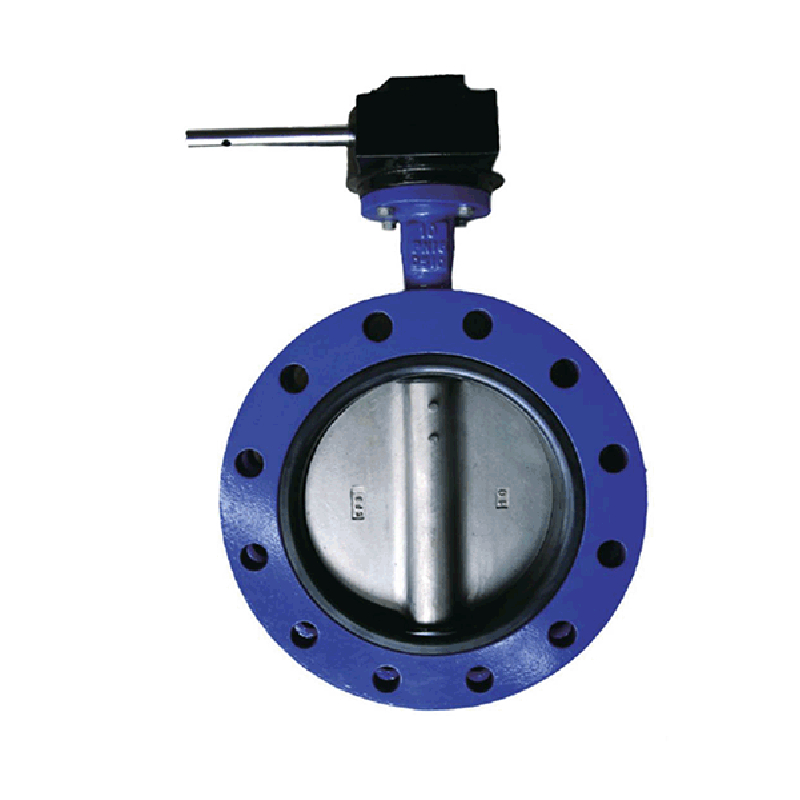Dec . 16, 2024 23:07 Back to list
Flexible Rubber Coupling for Enhanced Vibration Absorption and Leak Prevention
Understanding Flexible Rubber Joints A Key Component in Modern Engineering
Flexible rubber joints are essential components in various engineering applications, offering the ability to accommodate movements, absorb shocks, and reduce vibrations within pipeline systems. Their utility spans across multiple industries, including construction, automotive, aerospace, and manufacturing. This article delves into the significance, design, applications, and advantages of using flexible rubber joints.
What is a Flexible Rubber Joint?
A flexible rubber joint, typically made from high-quality elastomers, functions as a connection between two sections of piping or machinery. These joints are designed to flex under stress, allowing for motion or movement due to thermal expansion, vibration, or pressure fluctuations. Unlike rigid connectors, flexible rubber joints provide a buffer, mitigating the impact of dynamic loads that could lead to structural failures or leaks.
Key Features and Design Considerations
The construction of a flexible rubber joint includes not just rubber but often incorporates metal flanges or reinforcements to enhance strength. Choosing the right type of rubber—whether it be natural rubber, neoprene, or EPDM—depends on the specific application, chemical exposure, temperature requirements, and operating conditions.
Design considerations are crucial for ensuring the joint operates effectively over time. Factors such as the diameter of the pipe, pressure ratings, and the expected movement range must be carefully evaluated during the joint's design phase. An appropriate design will maximize the joint's lifespan and efficiency, preventing failures that could lead to costly repairs and downtime.
Applications of Flexible Rubber Joints
Flexible rubber joints are versatile and find applications in numerous sectors
2. HVAC Systems In heating, ventilation, and air conditioning systems, these joints reduce noise and dampen vibrations from fans and compressors, contributing to a quieter and more efficient system.
flexible rubber joint

3. Automotive Industry Flexible rubber joints are utilized in vehicles for exhaust systems and suspension systems, allowing for movement and reducing stress on connecting parts.
4. Marine Engineering They are employed in shipbuilding to connect pipe systems while accommodating motion and reducing noise, ensuring smoother operations.
Advantages of Using Flexible Rubber Joints
The implementation of flexible rubber joints comes with several notable advantages
- Vibration Dampening They effectively reduce vibrations caused by machinery and fluid flow, which can prolong the life of connected equipment and improve overall system performance.
- Flexibility Their inherent flexibility allows them to adjust to movements and misalignments, preventing structural stress and potential damages to pipelines or machinery.
- Corrosion Resistance Many rubber materials exhibit exceptional resistance to chemicals and environmental factors, ensuring longevity even in harsh conditions.
- Ease of Installation Flexible rubber joints can be easily installed and require minimal maintenance, making them a practical choice for engineers and contractors.
- Cost-Effectiveness The use of these joints can lead to significant savings over time by reducing the risk of leaks, minimizing maintenance costs, and enhancing system reliability.
Conclusion
In conclusion, flexible rubber joints are vital elements within a wide array of engineering applications. Their ability to absorb shock, accommodate movement, and reduce vibrations makes them indispensable in maintaining the integrity and efficiency of systems across various industries. As technology advances and the demand for durability and reliability increases, the role of flexible rubber joints will only become more pronounced, solidifying their status as a key component in modern engineering solutions.
Share
-
Reliable Wafer Type Butterfly Valves for Every IndustryNewsJul.25,2025
-
Reliable Flow Control Begins with the Right Ball Check ValveNewsJul.25,2025
-
Precision Flow Control Starts with Quality ValvesNewsJul.25,2025
-
Industrial Flow Control ReliabilityNewsJul.25,2025
-
Engineered for Efficiency Gate Valves That Power Industrial PerformanceNewsJul.25,2025
-
Empowering Infrastructure Through Quality ManufacturingNewsJul.25,2025